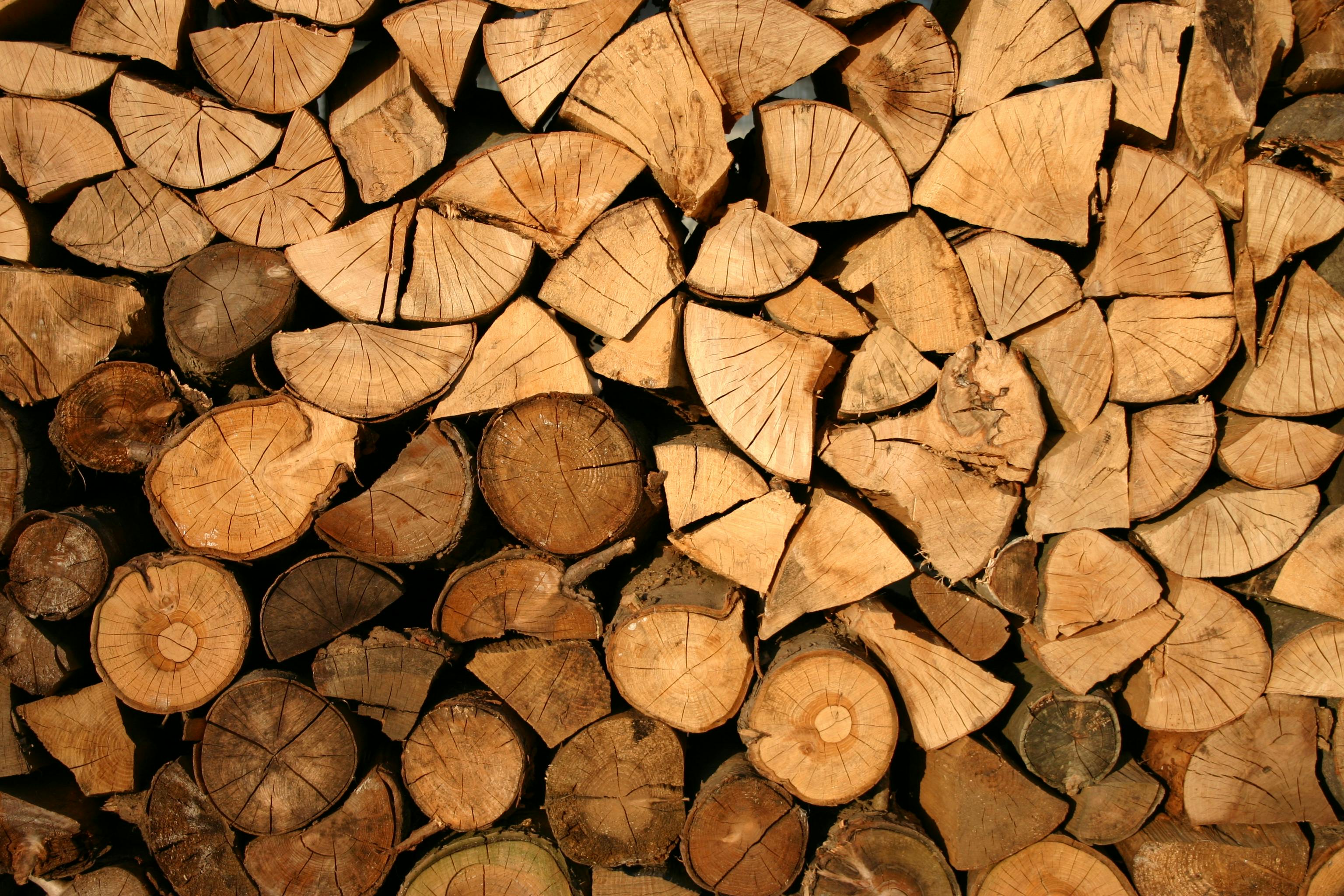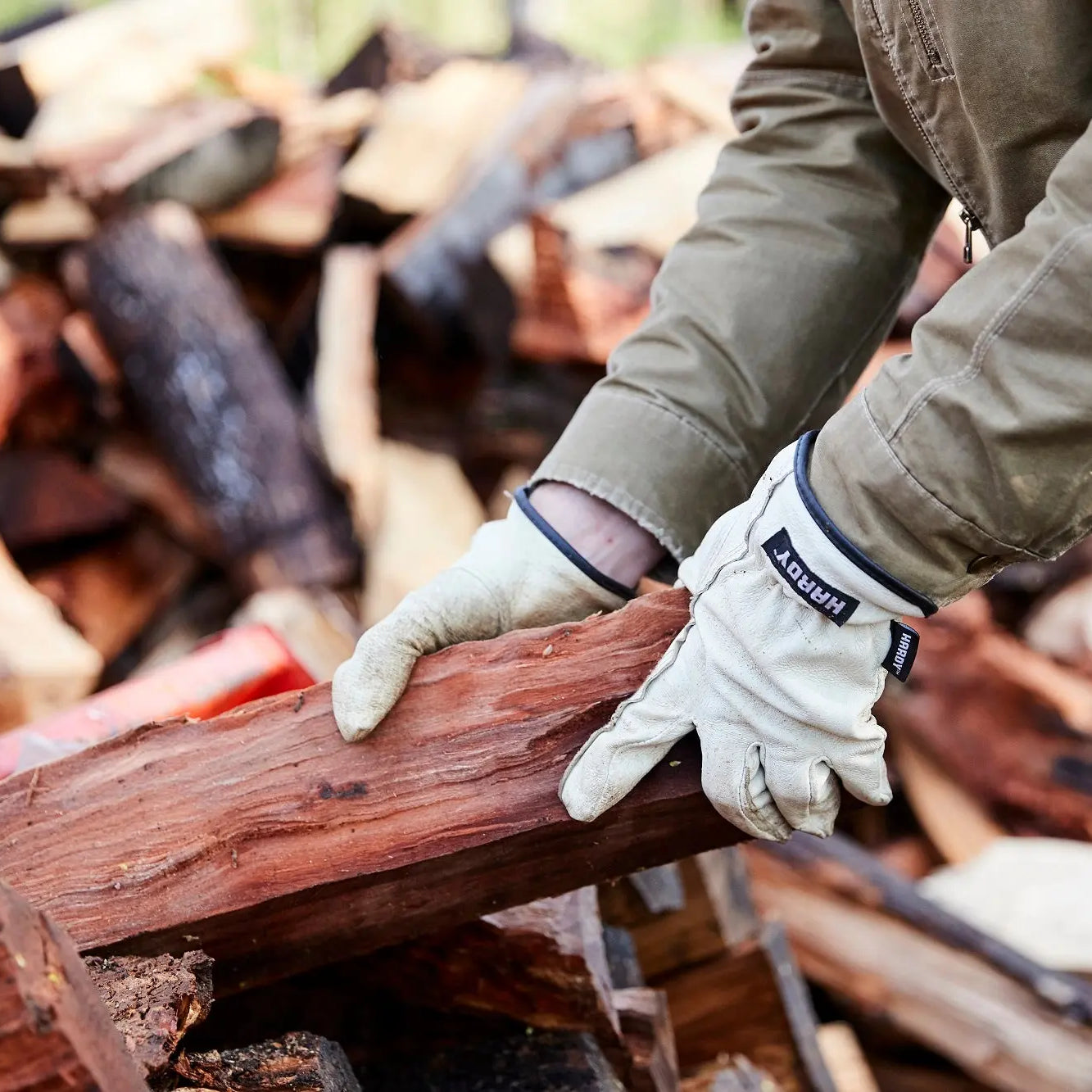How to Stack a Woodpile Using a Tarp
There are many different ways to stack firewood properly. Each approach will have pros and cons with regard to stability, ease of use, and the ability for the wood to...
Importance of Seasoning Firewood
Seasoning firewood correctly means the difference between a roaring fire and a disappointing smolder. Logs kept dry under proper outdoor firewood storage will naturally season over time as they are...







